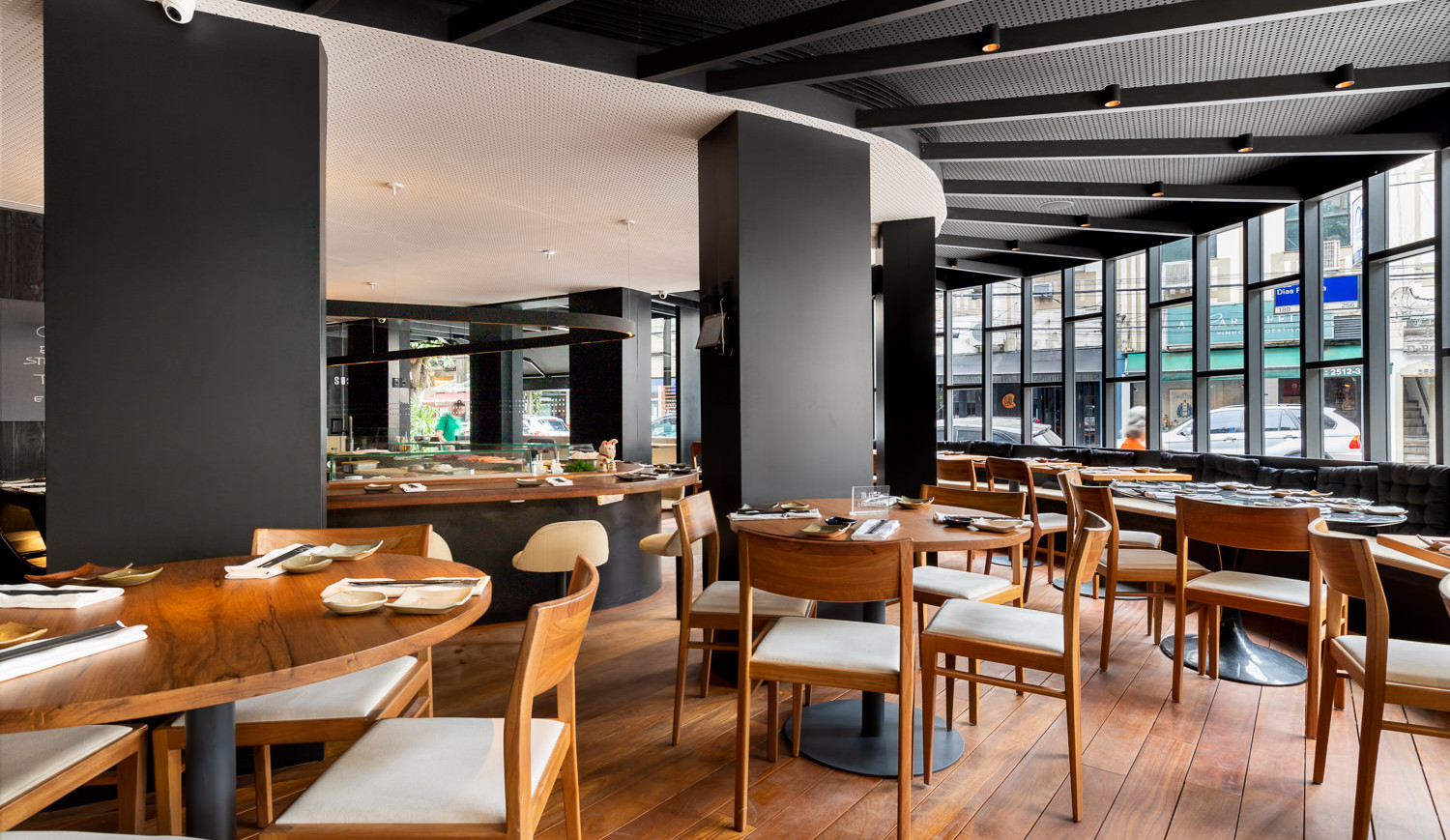Recommended sushi restaurants in Brazil
Characteristics of Brazil’s Cuisine
The Giant of South America, Brazil
Brazil, occupying nearly half of the South American continent, boasts the world’s fifth-largest land area. From the magnificent natural landscapes like the Amazon Rainforest and Iguazu Falls to the passionate culture of Rio’s Carnival and Samba music, the country is packed with diverse attractions.
With a population of approximately 210 million people, Brazil has formed a unique culture through the mixture of European, African, and indigenous peoples against the backdrop of its history as a Portuguese colony. Portuguese is the official language, but a variety of languages are spoken across different regions.
Brazil has the largest economy in South America and has continued to grow in recent years through resource development and agricultural production. However, it also faces challenges such as income disparity and environmental issues.
The activities of Japanese descendants have been particularly notable in recent years, deepening the relationship with Japan.
Brazil, the giant of South America, can be said to be a country that continues to develop significantly towards the future.
The History of the Giant of South America, Brazil
Brazil, inhabited by indigenous peoples since about 8000 years ago, was colonized by Portugal in 1500. While plantation economies such as sugar and coffee developed, many slaves were brought over from Africa. After achieving independence in 1822, Brazil went through a period of monarchy and became a republic in 1889.
Entering the 20th century, the population surged due to the boom in the coffee industry and the influx of immigrants. However, economic disparities and political turmoil also worsened. After a period of military rule from 1964 to 1985, democratization was achieved in 1989.
In recent years, Brazil has been working on economic development and solving social issues, but still faces challenges such as income inequality and environmental problems.
With its unique culture such as Samba and Carnival, Brazil is one of the world’s leading economies and is increasing its presence as the giant of South America.
The Dining Table of the Sun’s Country: The Passion and Diversity of Brazilian Cuisine
Brazil, which occupies a large part of the South American continent, boasts a vibrant food culture influenced by its vast land and diverse population.
The staple food is “Feijoada,” a stew of black beans and rice, which, despite its history with slavery, is a beloved soul food of the nation. The famous grilled meat dish, “Churrasco,” symbolizes the country’s passion, with beef and pork skewered and slowly roasted over charcoal.
In coastal regions, a variety of seafood is abundant. In the Amazon region, one can enjoy large fish like Pirarucu and unique insect dishes.
The country’s fruits also add color to the table, with mangoes, papayas, and açaí enjoying the blessings of the sun, beloved as desserts or smoothies.
As the world’s leading coffee producer, Brazil’s richly flavored coffee is an indispensable part of daily life. Corner bakeries, known as “padarias,” are commonplace, with sandwiches and coffee being a standard breakfast.
Japanese Immigrants and Their Unique Sushi Culture
Brazil is home to the world’s largest community of Japanese immigrants, who have introduced sushi that has evolved uniquely by integrating with the local food culture.
Unlike Japan, where eating raw fish is common, it’s typical in Brazil to use cooked fish, vegetables, and cream cheese as fillings. Hand-rolled sushi and thick rolls are mainstream, characterized by their colorful and vibrant appearance. Recently, sushi using fruits such as avocado and mango has also become popular.
This unique evolution of Brazilian sushi, sometimes referred to as “Brazilian sushi,” signifies not merely an imitation of Japanese cuisine but a food culture that has taken root in Brazil.
Brazilian sushi is beginning to attract attention worldwide. Its unique flavors and appearance are being appreciated as a new sushi culture.
The Bounties Nurtured by the South American Sun: Brazil’s Specialty Products
Coffee
Brazilian coffee, which boasts the highest production volume in the world, is characterized by its rich aroma and full-bodied flavor, offering a good balance of acidity and bitterness suitable for everyone.
Cachaça
Made from sugarcane, this Brazilian national spirit is famous as the base for the cocktail “Caipirinha.” With its refreshing sweetness and high alcohol content, it’s enjoyed in various ways locally.
The Gleam of Gems, Agate
Brazil is known as one of the major producers of agate, with the stone’s colorful and beautiful patterns being considered natural artworks.
The Bounty of the Amazon
The Amazon Rainforest is home to a variety of flora and fauna. Among them, açaí and Brazil nuts are highly nutritious and recommended for health-conscious individuals.
Instruments for the Passionate Samba
Instruments essential for Samba and Bossa Nova music make unique souvenirs from Brazil. Berimbau, Cavaco, and other types are available.
Traditional Hand-woven Hammocks
Colorful hammocks are commonly used in Brazilian homes, perfect for relaxing.
The Joyful Smile of the Tropics, Carnival Goods
Costumes and feather decorations allow you to fully enjoy the atmosphere of Brazilian festivals.
These specialty products offer a glimpse into Brazil’s rich nature and culture. They are worth considering when looking for souvenirs.


